Back to blog
Discover Treadmill Benefits and Downsides
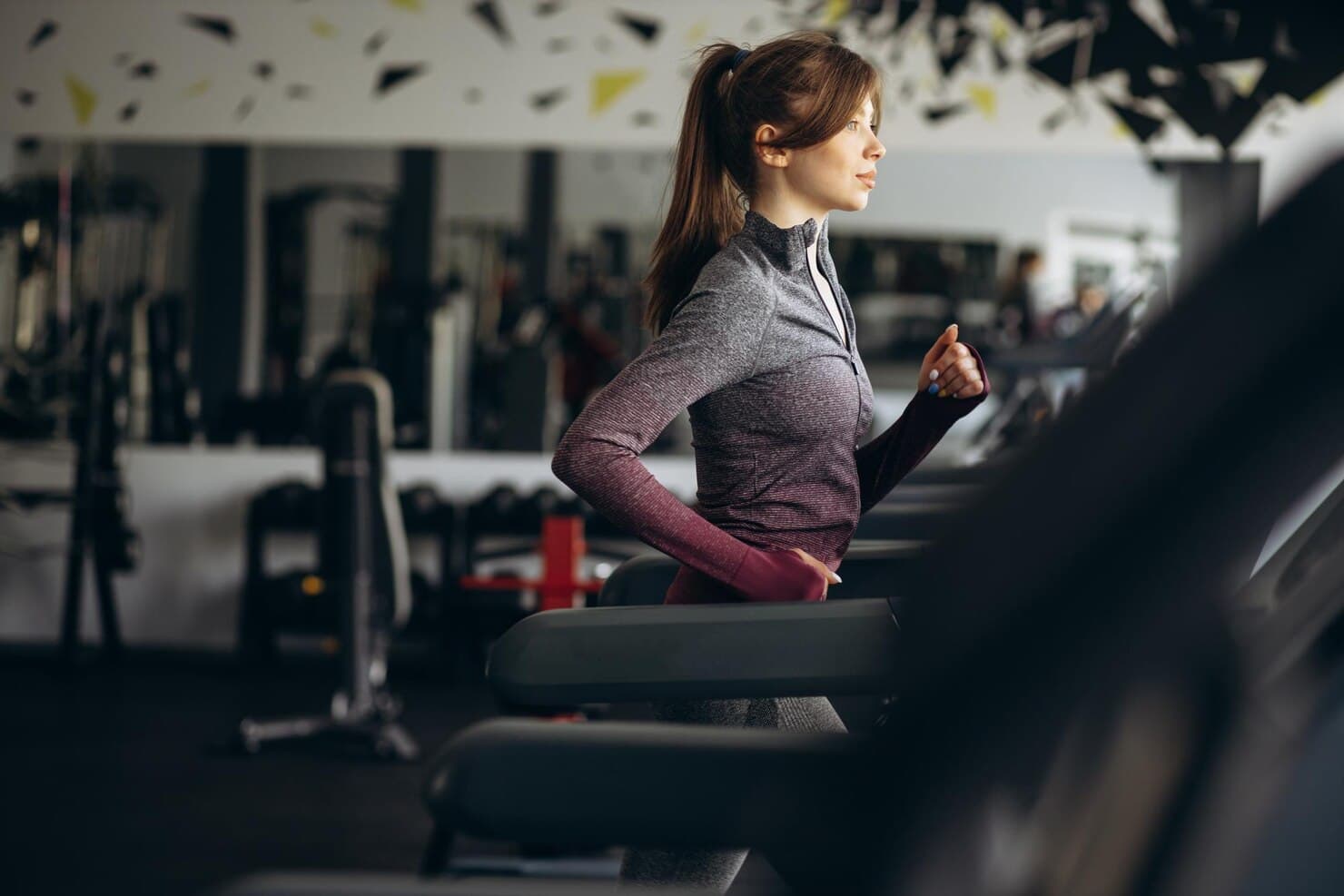
Treadmill Benefits for Overall Health
Treadmill Risks
Reducing Risks of Injury
Outdoor Running Benefits
Healthy Food Delivery
Treadmill Risks
Reducing Risks of Injury
Outdoor Running Benefits
Healthy Food Delivery
Walking and jogging are undeniably popular ways to stay active, and for good reason, they're simple and effective. But, let's be honest, sometimes life gets in the way. Bad weather, packed schedules, or just plain lack of time can make outdoor walks or gym visits difficult. That's where treadmills often become a go-to solution, especially for those of us juggling busy lives or for older adults looking for a safe and convenient workout. You've probably even seen them popping up in offices lately, which is a smart move for encouraging movement after hours of sitting.
However, it's natural to have questions about treadmills. We've all heard the whispers: "Do they hurt your knees?" "Are they bad for your joints?" "Is that constant motion actually causing damage?" It's understandable to wonder if the friction from the belt could lead to injuries, or if it's all just a bit of a myth.
In this article, we're going to dive into the research and take a clear, honest look at the real story behind treadmills. We'll explore the benefits, address the concerns, and help you understand whether this common piece of exercise equipment is truly a friend or foe to your health.
Treadmill Benefits for Joints, Bones, Muscles, and More
Cardio training treadmill offers a controlled and less intense way to engage your muscles compared to high-impact cardio. That's not to say it’s easy, though these treadmill exercises provide a wealth of advantages, from maintaining your fitness level and guarding against chronic illnesses like heart disease, to supporting healthy lung function. Plus, they're incredibly versatile. For anyone recovering from an injury or surgery, treadmills can be invaluable tools in physical therapy, allowing for gradual and controlled progression. And, let's not forget the convenience: you can easily adjust the speed and incline to match your individual fitness level and age.
Before we address the concerns and how to mitigate them, it's essential to highlight the key benefits you can expect from incorporating a treadmill into your routine:
Maintaining Cardiovascular Health
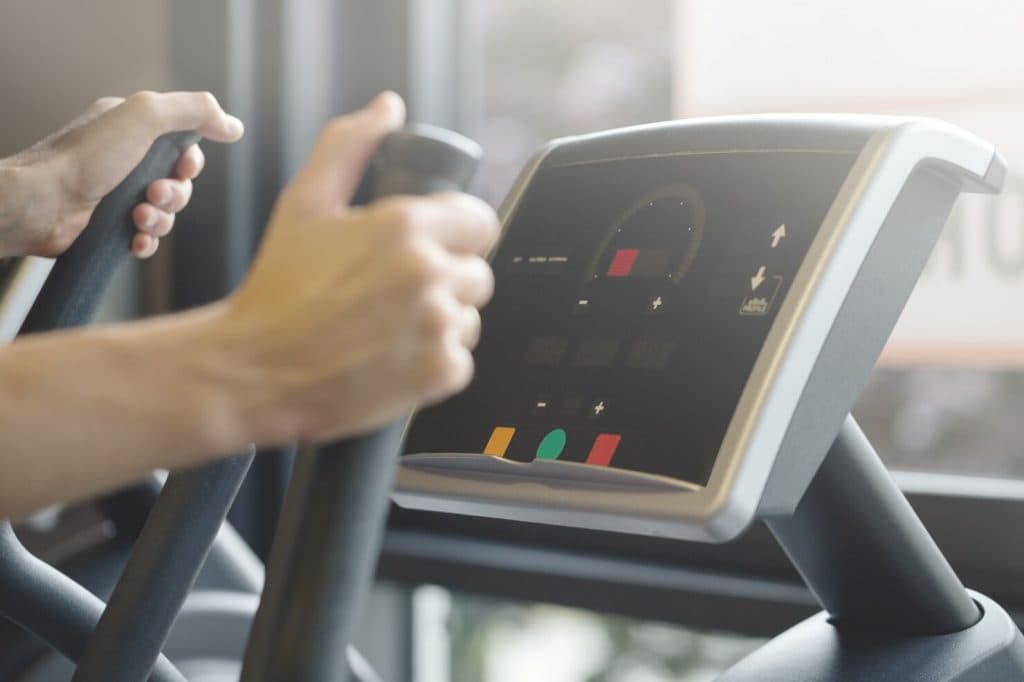
Consistent movement is a cornerstone of cardiovascular health. Activities that keep you moving, like walking on a treadmill, play a vital role in maintaining the health of your heart, arteries, and blood vessels. As we age, these types of exercises help strengthen both the heart and lungs, leading to increased energy levels and aiding in the body's natural detoxification processes. Specifically, the steady rhythm of treadmill walking elevates your heart rate, which, in turn, enhances the efficiency of blood circulation throughout your entire body.
Benefits of Treadmill for Weight Loss
Research consistently demonstrates that combining a balanced, weight-loss focused diet with regular walking is an effective strategy for achieving and maintaining a healthy weight and physique. This approach aids in reducing excess body fat and addressing areas of concern. Importantly, walking on a treadmill can be just as beneficial as outdoor walking, provided you adhere to healthy practices.
This includes wearing supportive footwear, maintaining proper posture, and gradually increasing intensity rather than immediately starting with jogging. For optimal results, consider incorporating interval training into your treadmill routine. A sample workout could involve a 10-minute warm-up walk, followed by 15 minutes of jogging, then a 5-minute cool-down walk, repeating these intervals for suitable amounts of time.
Treadmills Are a Low-Impact Exercise That Protects Joints
Have you ever thought about the benefits of low-impact exercise?
Treadmill benefits include that it plays a big role in physical therapy and is a top choice for those dealing with muscle or joint pain. In medical settings, treadmills stand out as a gentler option compared to walking or running on hard surfaces. Many models come with shock-absorbing technology that helps reduce strain on the knees. For those with balance concerns or going through recovery, handrails offer extra support to prevent falls. Plus, the built-in display makes it easy to track and adjust your speed and time. When it comes to safe, controlled movement, treadmills offer great support.
Strengthening Muscles and Bones
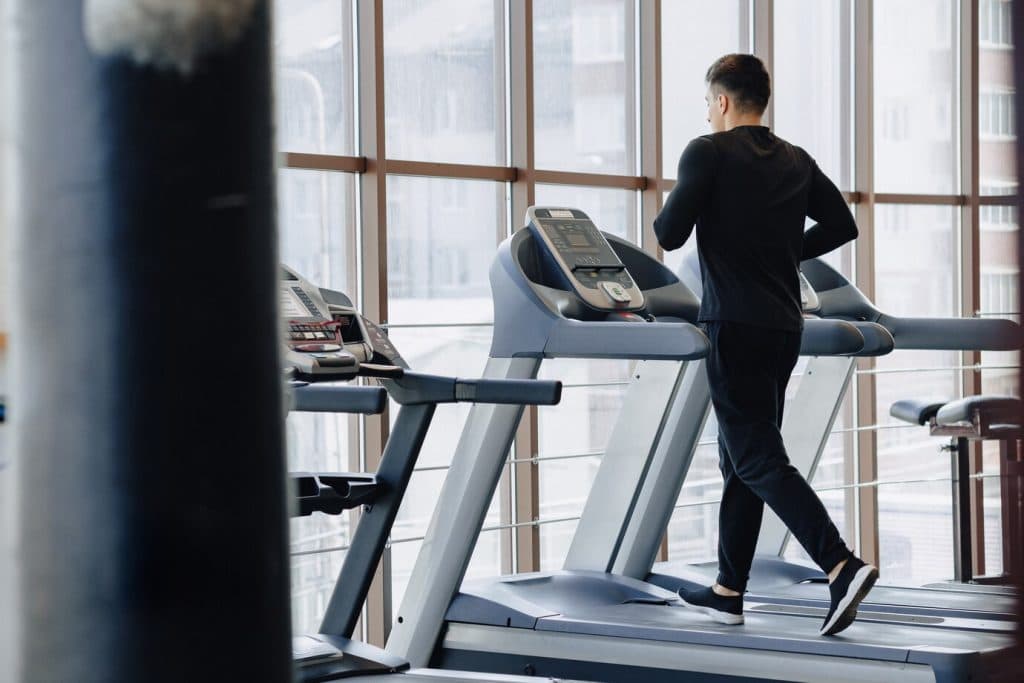
Staying active is important for keeping your bones and muscles strong and reducing the risk of osteoporosis over time. Whether you prefer Pilates or aren’t a fan of regular workouts, walking alone can help maintain major muscles like the glutes, legs, and quadriceps.
When it comes to bone density, a treadmill for home running is a great way to strengthen bones and lower the risk of osteoporosis, which can lead to fragile bones and fractures. One of the running machine benefits is the ability to adjust the incline to match your fitness level. This creates a challenge similar to climbing stairs or hiking, making it more effective than regular walking.
Mental Health
Research has shown a strong connection between physical activity and mental health, particularly in reducing depression. One study found that people who exercise regularly experience fewer depressive days each month. In another study, participants with depression walked on a treadmill for 30 minutes daily, and after just 10 days, all reported a noticeable improvement in their symptoms.
This highlights the powerful effect exercise has on mood and overall well-being. Activities like running on running machine can trigger the release of endorphins, natural mood boosters that help ease stress, anxiety, and depression. Exercise also enhances the brain's sensitivity to norepinephrine and serotonin, two hormones that play a key role in managing stress and mood.
Treadmill Benefits of Flexibility and Posture
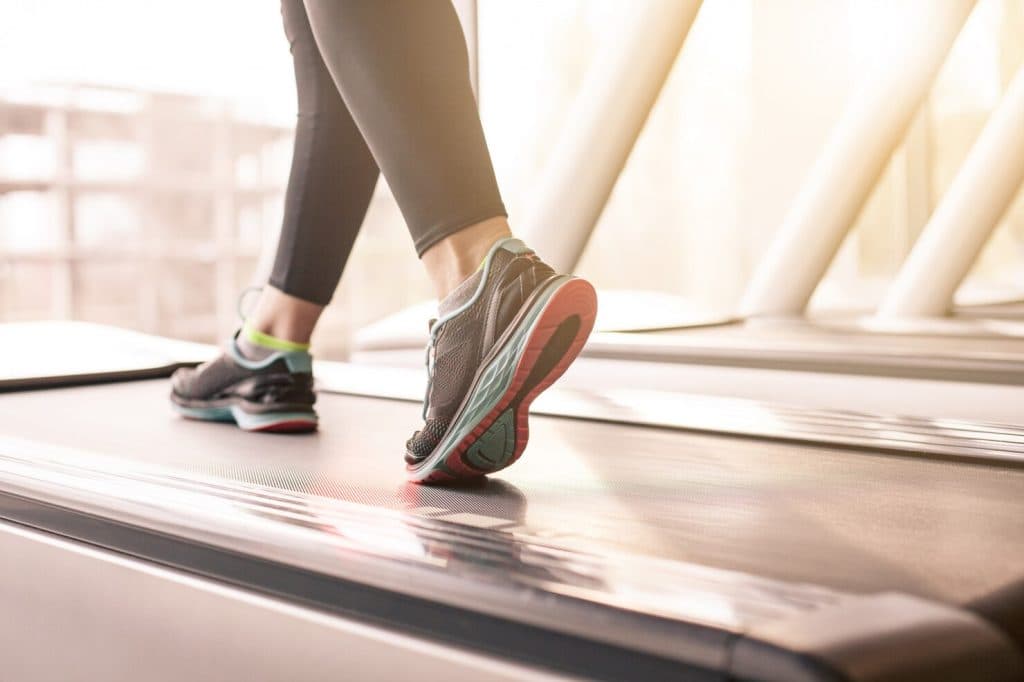
A treadmill for walking exercise (also for running) can support good posture, especially when using the handrails for stability. It also engages core muscles to help maintain balance. Some people find it helpful to walk while looking in a mirror to observe their gait, which is something that isn’t possible outdoors. These habits can contribute to better spinal alignment, lower the risk of back pain, and improve overall posture. Additionally, the steady movement of walking or running may enhance flexibility in the hips, legs, and lower back.
Treadmill Risks
While using a treadmill has many benefits, improper use can lead to certain drawbacks. Some people may find walking repetitive, and spending time outdoors can provide a refreshing change of scenery and improve overall well-being. Aside from that, here are a few potential downsides to keep in mind:
The Impact of Treadmills on the Knees
A common concern about treadmills is whether they can cause harm to the knees. Can they lead to injury instead of providing benefits?
The answer depends on the type of treadmill you use. Opting for a low-quality machine that lacks protective features like shock absorption or sufficient padding can lead to knee and lower back pain. Using a treadmill correctly follows the same principles as walking or running properly. It's important to wear comfortable, medical-grade shoes and begin with light walking or jogging to warm up your body and muscles.
Dealing with Boredom
Walking in the same place every day can feel repetitive. Outdoor terrain naturally engages more muscles, especially when walking uphill or downhill. Plus, being outside allows you to enjoy fresh air and natural scenery, which can benefit your overall well-being. If walking outdoors isn’t an option, consider using distractions like watching TV while on the treadmill or opening a window or garden door to bring in fresh air and create a more open atmosphere.
Treadmill Safety Considerations
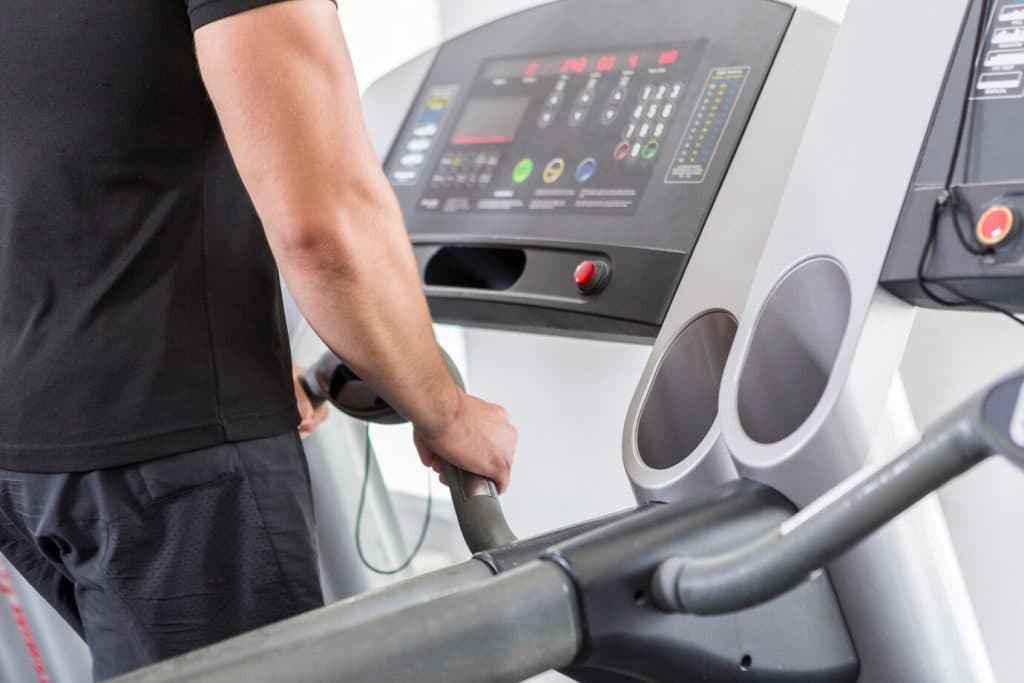
Walking and running on a treadmill can carry more risks than exercising outdoors, including the possibility of sudden falls. This is especially important for beginners to keep in mind. Running at high speeds without proper control can lead to knee and bone injuries, as well as fatigue, which may take months to recover from. To stay safe, it's important to maintain proper posture by keeping the body upright and leaning slightly forward at the ankles.
May Not Be Suitable for Those with Existing Injuries
Incline walking on treadmill benefits the body and can make your body resistance even stronger! But on the other hand, using a treadmill at a steep incline or running at high speeds can put extra strain on the back, particularly if posture or running form isn’t correct. This may lead to discomfort or back pain, especially for those with conditions like sciatica or a herniated disc. Adjusting the incline and speed to a comfortable level can help reduce strain and prevent further issues.
How to Reduce Your Risk of Injury While Using a Treadmill
If you're worried about the impact of treadmill use on your joints, bones, and muscles, there are several steps you can take to lower the risk of injury:
Warm Up First
Like any exercise, warming up before using a treadmill is important. Begin with a slow walk to gradually raise your heart rate and prepare your muscles. After running, cool down by walking at a slower pace to prevent muscle stiffness and support recovery. Stopping suddenly after running can cause the knees and joints to tighten, increasing the risk of injury.
Use Proper Running Shoes
To get the most treadmill benefits for your workout and body, consider wearing proper footwear is important whether you're using a treadmill or running outdoors. Opt for orthopedic shoes that offer good support for your feet and joints. Running shoes with shock-absorbing technology can help reduce impact on the knees and joints, making your workout more comfortable and safe.
Maintain a Healthy Diet
Many people believe that sports injuries are caused by overexertion and exercise. However, muscles, bones, and joints need proper nutrition to support these activities. For example, if you're planning to run for 30-60 minutes multiple times a week or everyday, it’s important to include foods rich in protein and calcium. Staying hydrated is also crucial to protect your knee joints from osteoarthritis. After walking or running, enjoying healthy juices like green vegetable juice or a protein smoothie can help you maximize the benefits of your workout.
Maintain Good Posture
Focus on your posture while walking or running on the treadmill. Keep your back straight, relax your shoulders, and avoid leaning forward or backward. Your head should stay aligned with your spine, and your gaze should remain forward to prevent neck strain.
Stretch Before Walking
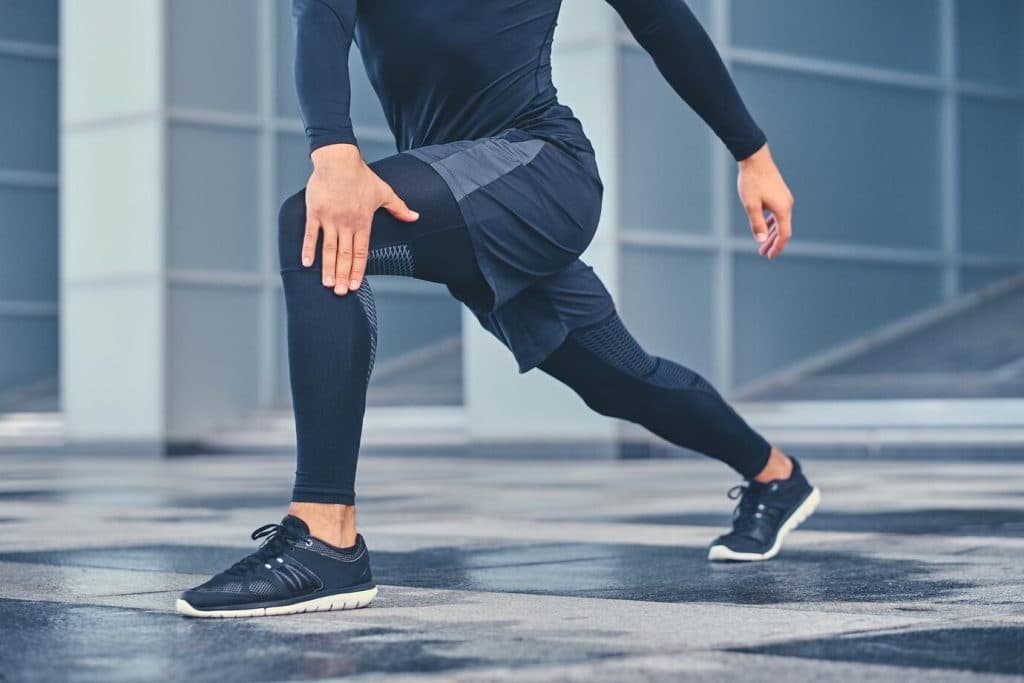
Stretching exercises, or even yoga, help maintain muscle flexibility and protect the body from impact. They also improve agility and spinal alignment, offering proper support for walking, jogging, running, and other exercises.
Avoid Overusing the Treadmill
It’s important not to overuse the treadmill, especially for beginners or those recovering from an injury. Start with short intervals and gradually increase the intensity and duration of your workouts. Remember, rest is crucial for muscle and joint recovery.
Consult a Specialist if You Experience Complications
Don't ignore your body's signals when you feel pain. Pain can be caused by various factors, such as muscle strain or a deficiency in vitamins essential for nerve and muscle health, like vitamin B12. In such cases, a specialist can guide you in protecting your body and create a safe plan for continuing exercise.
Pros and Cons of Outdoor Running
Exercising outdoors isn’t necessarily better or worse than running on a treadmill. The benefits of outdoor walking and running include a change of environment, which can be more motivating than indoor settings. Being outside can help individuals dealing with depression by reducing negative feelings and connecting with nature. Additionally, outdoor terrain targets larger muscle groups.
However, outdoor exercise has its drawbacks, such as being limited by extreme weather conditions like hot summers or harsh winters. Some may also feel uncomfortable running outdoors, particularly in closed communities. Additionally, residential areas may not be ideal for walking or running due to traffic or other factors. In these situations, a treadmill can help structure your time and promote daily activity.
However, outdoor exercise has its drawbacks, such as being limited by extreme weather conditions like hot summers or harsh winters. Some may also feel uncomfortable running outdoors, particularly in closed communities. Additionally, residential areas may not be ideal for walking or running due to traffic or other factors. In these situations, a treadmill can help structure your time and promote daily activity.
Healthy Meal Delivery
Healthy eating and regular exercise are key to maintaining a positive mindset and increasing daily energy. However, if you’re short on time to plan and prepare meals, you can rely on the Calo app. It offers delicious, filling, and nutritious meals tailored to your diet, delivered right to your door. Each meal is prepared by expert chefs and nutritionists who design them to fit your specific health needs. Download the app and enjoy healthy snacks to complement your day, whether you're at home or work.
FAQ
Is treadmill good for weight loss in general?
The treadmill is a great way to burn calories and can help you build a daily routine to reach your ideal weight. It also supports overall health, like lowering cholesterol and aiding in detoxification. Additionally, walking on the treadmill offers significant benefits for heart health and for those managing diabetes.
How long should you walk on a treadmill?
If you're just starting out, begin with 15 minutes a day and gradually work your way up to 30 minutes. As your body adjusts to daily walking, you can aim for an hour of continuous walking. If you're ready to jog or run, try alternating between walking and jogging.
Is jogging or running better than walking for burning calories?
Not necessarily. It's important not to push your body to run just for weight loss, as this can put unnecessary strain on your heart and lungs. A brisk daily walk can actually be more effective than a few minutes of running or jogging, as it keeps your body in continuous motion for longer periods, offering a balanced approach to maintaining health and fitness.
Is there a nutritional supplement that helps reduce exercise pain, especially at the start?
Yes, BCAA supplements were created to help reduce muscle pain. BCAAs are classified as nutritional supplements, not medications or painkillers. However, it’s a good idea to consult a specialist before using them, even though they are generally considered safe under normal conditions.
Treadmill benefits can provide a convenient and effective way to improve cardiovascular health, strengthen muscles, and maintain bone density when used correctly. You can read about Creatine Monohydrate vs. Creatine, or about The Role of Cardio, and more topics related to health and fitness on the Calo blog.









